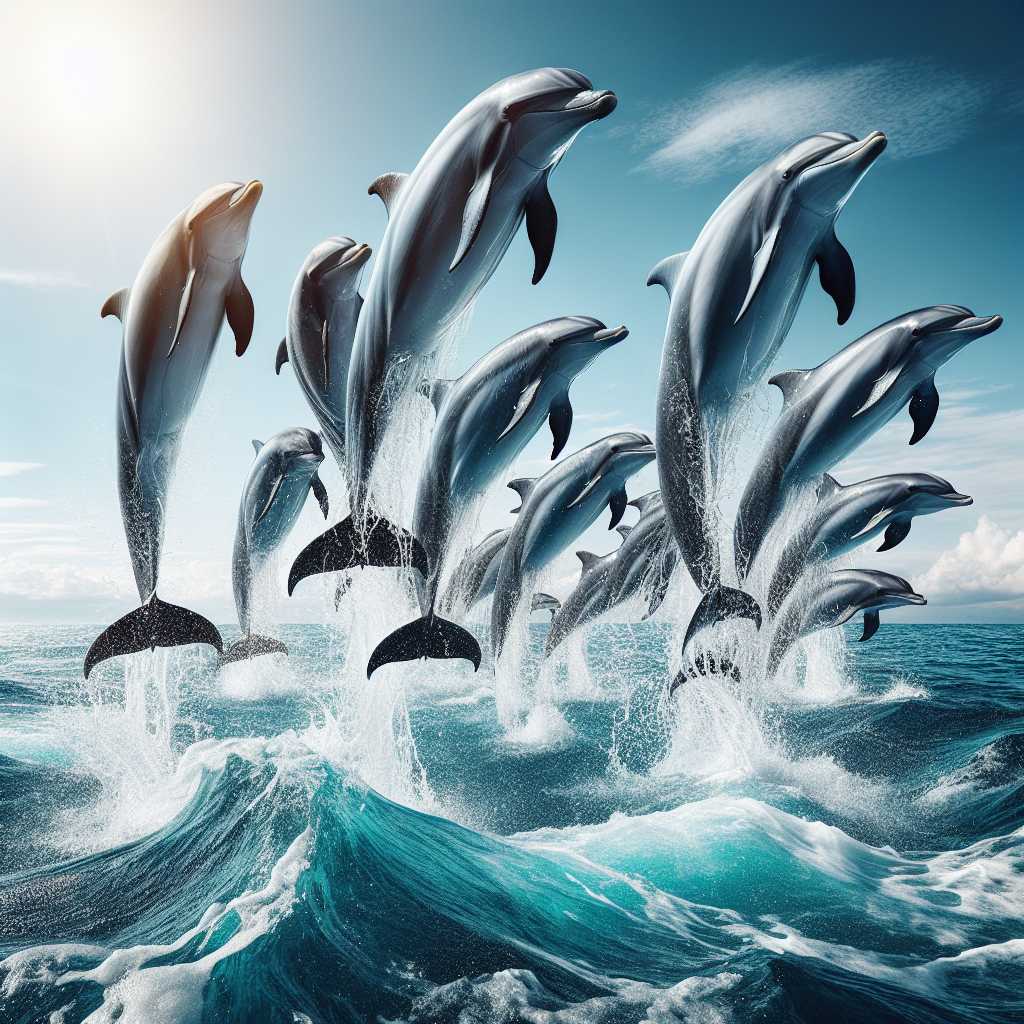Understanding Toothed Whales: Introduction to Odontocetes in the Marine World
Toothed whales, a suborder of cetaceans known scientifically as Odontoceti, consist of over 70 species including dolphins, orcas, and sperm whales. These remarkable creatures are an integral part of marine ecosystems and have captivated researchers and enthusiasts alike.
Anatomy and Physiology: The Hallmarks of a Toothed Whale
Unlike their close relatives, the baleen whales, toothed whales have teeth which they use primarily for catching their prey. The size, shape, and number of teeth can vary significantly across different species. Physical adaptations such as echolocation allow these mammals to navigate and hunt within the often murky depths of the ocean. Some toothed whales also possess a thick layer of fat, or blubber, that insulates them against cold water temperatures and aids in buoyancy.
Echolocation: An Acoustic Phenomenon
Toothed whales are famously recognized for their superb bio-sonar abilities, known as echolocation. They emit a series of high-frequency clicks which bounce off objects in their environment, allowing them to detect prey and navigate through the dark ocean depths. Echolocation is especially crucial in hunting for some species like sperm whales, which dive to great depths to find squid and fish.
Behavioral Traits: Social Structures and Communication Patterns
Most toothed whales are highly social creatures with complex relationships and communication methods. Species such as killer whales (orcas) live in matrilineal groups known as pods. The members of these pods communicate using a sophisticated language of vocalizations that is believed to be as diverse as human languages.
Reproduction and Lifespan: The Whale Life Cycle
Toothed whale species can differ significantly in terms of their reproductive strategies. While some may reach sexual maturity relatively early, others might take several years. Gestation periods also vary; for instance, dolphins might have a gestation period of 12 months while sperm whales can be pregnant for over 15 months. On average the lifespan ranges from around 20 to beyond 70 years in the wild, depending on the species.
Human Interaction: Conservation Challenges
Interaction with humans has put toothed whales at risk in many parts of the world. Threats include environmental pollution, loss of habitat, noise disturbances from ships and sonar, bycatch (accidentally being caught in fishing gear), and hunting. Efforts to understand and mitigate these effects are critical for their survival.
Conservation Measures: Efforts to Protect the Toothed Whales
Evidence indicates that conservation strategies such as protected marine areas, regulations on commercial fishing practices, pollution controls, and public awareness campaigns can benefit toothed whale populations. International cooperation through agreements like the Convention on the Conservation of Migratory Species of Wild Animals (CMS) is also pivotal for transboundary conservation efforts.
Notes
Image description
An image showcasing a group of wild dolphins leaping from the crystal-clear ocean waters with a clear blue sky in the background. Each dolphin’s smooth skin glistens under the sunlight, embodying a sense of vitality and agility representative of toothed whales.
